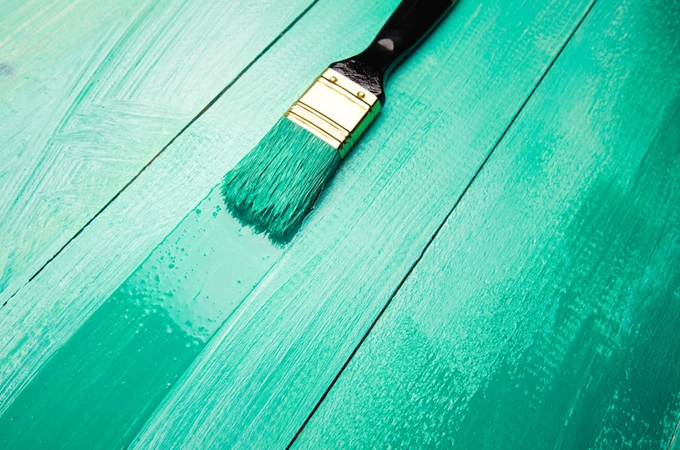Hydrophilic silicone oil cleaners can be used to clean silicone rubber and plastic parts, as well as clothing. Suitable for spray and ultrasonic cleaning processes. Clothing, aluminum and soft metal surfaces, aluminum racks for medical devices, phosphate-sensitive utensils in laboratories, sensitive aerospace science materials, pharmaceutical procedures, medical instruments and electronic components, which a good cleaning and anti-rust effect.
1. After the glass windows of glass cars, airplanes, and ships are treated with hydrophilic silicone oil, an extremely thin waterproof film can be formed to reduce dust pollution and can transmit 100% of light. It won't drop with rain, fog or temperature. Instead, the surface condenses moisture or mist, but forms water droplets to roll off the glass surface, ensuring safe sight and operation.
The easiest treatment is to prepare a 4% by volume solution by dissolving the hydrophilic silicone oil in isopropanol or toluene. Prepare the glass surface by brushing or spraying. After removing the solvent, a hydrophilic silicone oil film is formed. Keep the use of hydrophilic silicone oil with the application of surface treatment agent for several months.
2. Hydrophilic silicone oil is used in ceramics. Ceramics have good insulation properties and are widely used in radio components, electrical, communications, electric vehicles, etc., but they are easily affected by water, steam and fog, and their insulation performance is significantly reduced. It can be treated with hydrophilic silicone oil to overcome this shortcoming.
The method is to first clean the ceramic surface, after drying at 105°C, impregnate or spray with 1% hydrophilic silicone oil solution, and finally conduct heat treatment at 150°C or higher to obtain a satisfactory moisture-proof effect.
3. The paper is treated with 0.001% to 3% (mass fraction) hydrophilic silicone oil solution, and it has good water resistance after drying. Kraft paper, cellophane, Dowling paper, etc., coated with about 5% (mass fraction) of hydrophilic silicone oil water emulsion, and dried at 110C to 140C, can reduce the adhesion of paper, and can be used as pressure-sensitive adhesive release paper and packaging Adhesive materials and hydrophobic prints.
4. After the leather is treated with hydrophilic silicone oil, it is impervious to water, but it does not affect the air permeability and moisture permeability, and can prolong the service life of the leather. The tensile strength of the treated leather can be increased by 11% to 14%, the abrasion resistance is also significantly improved, and the abrasion resistance can be improved.
5. After the building materials are treated with hydrophilic silicone oil, their wind erosion resistance and water resistance can be improved. By adding a hydrophilic silicone oil emulsion with a solid content of 0.1% to 0.15% (mass fraction) or higher in the mortar, the above characteristics can be exhibited, and the compatibility and fluidity of the mortar can be improved. Asbestos, cement, gypsum board, etc. can also be treated with hydrophilic silicone oil.
6. Metal surface After the metal surface is treated with hydrophilic silicone oil, it can also achieve the purpose of waterproof, anticorrosion and antifreeze.
7. The fabric finishing of cotton, wool, silk, rayon, synthetic fiber and glass fiber treated with hydrophilic silicone oil can bring the following characteristics:
(1) Excellent waterproof performance makes the fabric itself breathable and not easily washed off by soap, detergent or solvent.
(2) Increasing the drying speed can improve tear resistance, friction strength and shrinkage resistance. After treating woolen fabrics, the elasticity can be improved.
(3) The treated fabric has a greasy feel, is soft and shiny, and has weather resistance and dirt resistance.
(4) Increase the lubricity of the fiber and make it easy for sewing.
 English
English 日本語
日本語 한국어
한국어 français
français Deutsch
Deutsch Español
Español italiano
italiano русский
русский português
português العربية
العربية tiếng việt
tiếng việt
